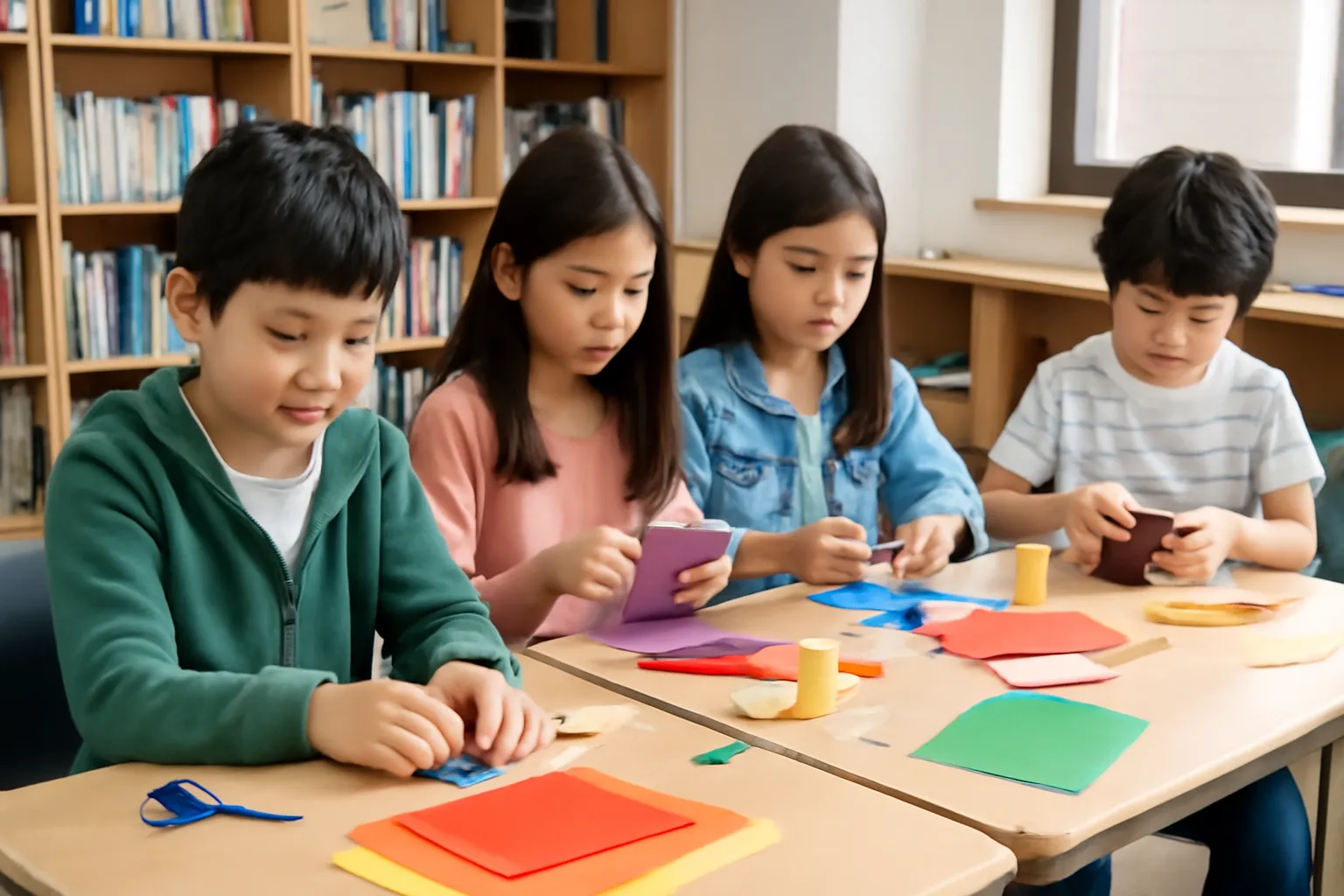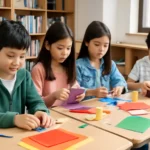Are you curious about the exciting world of elementary school experience classes? How do these experiences shape young learners? Explore the variety of activities, learning periods, and locations where these experiences unfold, from the classrooms to field trips!
The Importance of Elementary School Student Experience Classes
Elementary school is a crucial period in a child’s development, and experience-based learning plays a pivotal role in shaping their overall educational journey. Through experience classes, students gain hands-on knowledge, develop new skills, and engage with their peers in ways that go beyond traditional textbooks.
In many schools, these experience classes include activities such as arts and crafts, field trips, and interactive lessons in subjects like science and history. The beauty of such experiences lies in their ability to make abstract concepts tangible, helping students understand and retain information more effectively. For instance, when students learn about ancient history by visiting a museum or reenacting historical events, the knowledge comes to life in a way that textbooks alone can’t provide.
These activities are not limited to the classroom either. Many schools plan immersive learning experiences outdoors, where students interact with nature or even participate in local community service projects. Such experiences promote teamwork, critical thinking, and creativity.
The Learning Period: How Long Does an Elementary School Experience Class Last?
The duration of an elementary school student’s experience class can vary depending on the location, curriculum, and type of activity. Typically, these sessions may last anywhere from a few hours to a full day. Some schools organize specific learning periods such as “learning days,” where students focus on a particular theme for an extended period.
In certain cases, a learning period might span several weeks, especially if the topic requires deeper engagement. For example, a month-long environmental study project could involve classroom lessons, fieldwork, and presentations. Likewise, some schools offer shorter, one-off activities that last just a couple of hours but still make a lasting impact.
A key benefit of experience classes is that they allow students to explore subjects that are not part of their everyday curriculum. Schools may offer special classes on topics such as coding, local heritage, or even mindfulness, where the learning process involves experiential activities, often outside the confines of a traditional classroom.
Exploring Elementary School Experience in Different Locations
In South Korea, the concept of “student experience” has expanded to include a wide range of locations across the country. From Seoul to Jeju Island, schools are offering dynamic, location-based experiences that provide students with new perspectives and opportunities to learn.
Seoul Elementary School Experience
In Seoul, many elementary schools focus on the blend of modern technology with traditional cultural experiences. Students may visit high-tech centers to learn about robotics or participate in hands-on art workshops inspired by traditional Korean crafts. These experiences allow students to understand how technology intersects with culture, encouraging a deeper appreciation for both.
Jeju Island and Daegu Experience
In places like Jeju Island and Daegu, the emphasis is often on nature and environmental studies. Students have the opportunity to explore volcanic landscapes, learn about unique ecosystems, and even take part in conservation projects. These kinds of experiences not only foster a love for nature but also build environmental awareness that is crucial in today’s world.
Gyeonggi-do and Busan
In Gyeonggi-do, schools often focus on more localized learning experiences, where students may explore traditional farms or visit local markets to understand the dynamics of the community. In Busan, water-based activities are common, with students learning about marine life and water conservation through educational programs offered at local aquariums or on coastal field trips.
Learn more about these exciting experiences and how they are reshaping elementary school education!
The Significance of Elementary School Student Experience Learning Lunch Box
One unique aspect of elementary school experience classes in some regions is the inclusion of learning lunch boxes. These lunch boxes are thoughtfully designed to provide students with an interactive culinary experience that ties into the themes of their lessons. For instance, students studying nutrition might prepare a healthy, balanced meal together, learning about food groups, portion sizes, and the importance of a well-rounded diet.
Such experiences also provide an opportunity for students to practice teamwork, as they may collaborate on meal preparation, set up, and cleanup. Additionally, in some schools, the learning lunch box may feature ingredients tied to specific cultural themes, allowing students to taste and learn about foods from different countries and regions.
Curious about how these lunch box lessons work? Click here for more!
Conclusion
The elementary school student experience offers much more than just academic learning. It is about developing life skills, building curiosity, and forming lasting memories. Whether it’s through hands-on activities in the classroom, field trips to historical landmarks, or even preparing meals together, these experiences help students understand the world in a deeper, more meaningful way.
As schools continue to prioritize experience-based learning, they are setting students on a path toward greater creativity, teamwork, and problem-solving abilities. By stepping out of traditional classroom settings, children are not only learning about the subjects at hand but also about themselves and the world around them.
As Albert Einstein once said, “The only source of knowledge is experience.” In the case of elementary school students, their experiences are indeed laying the foundation for lifelong learning and discovery.






